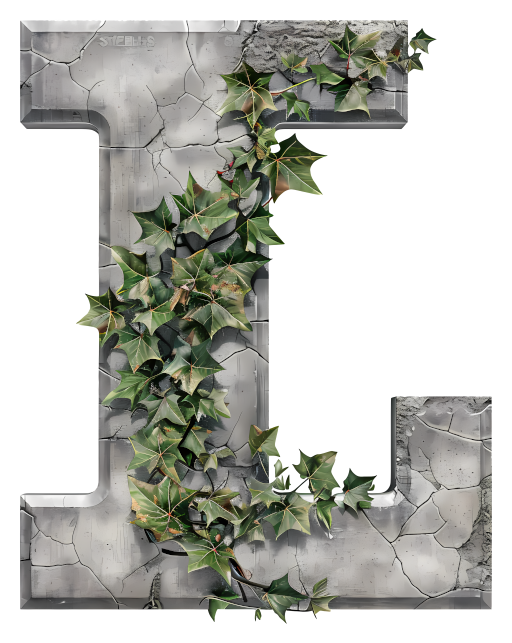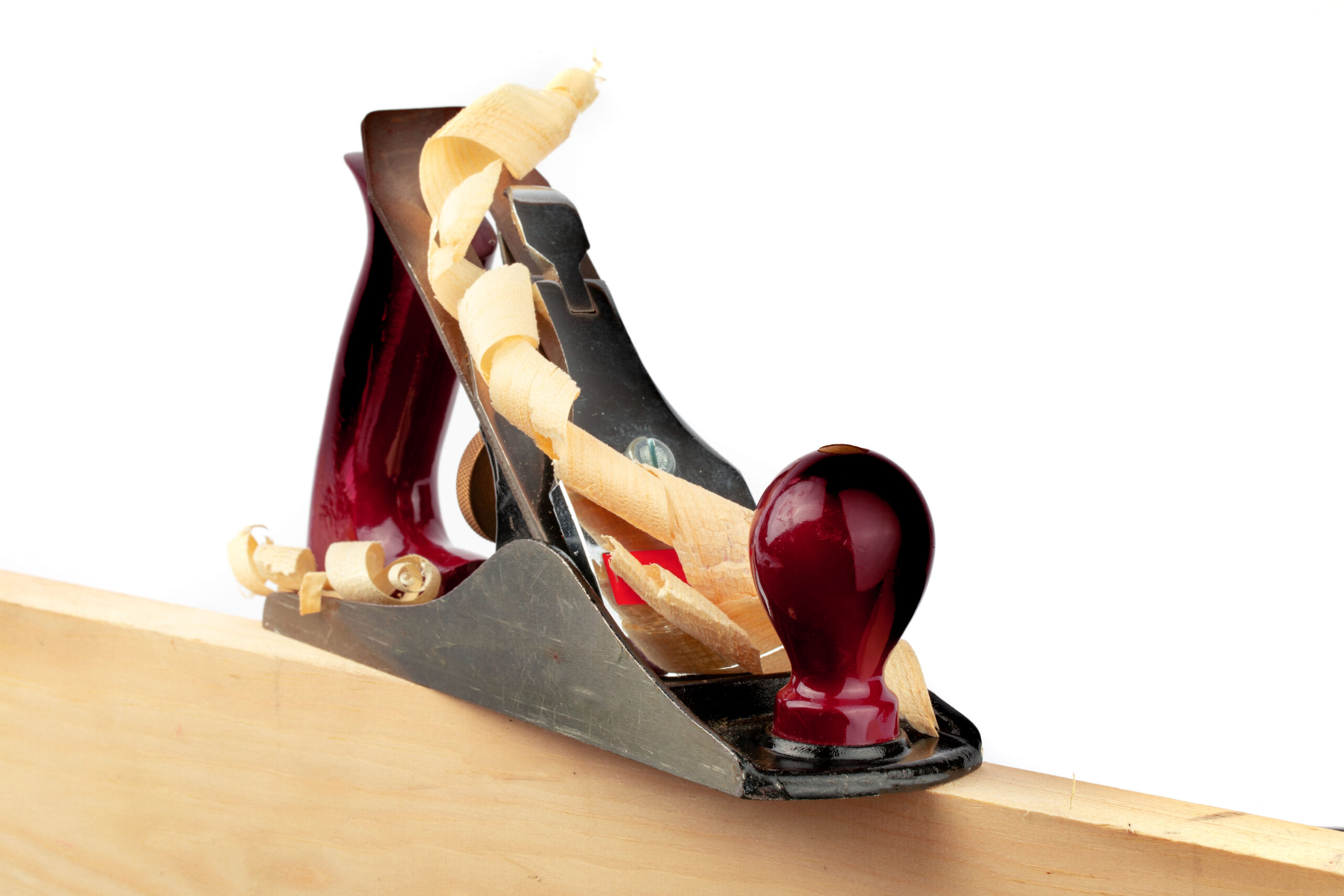Many years ago, I started to build a laminated wood workbench from hard maple. It was very slow-going. I think I have what I finished up in the rafters of the shop.
It is only 9 inches wide. It is not smooth, it is not flat. It is unlikely to be straight, and it is not square.
At the time, I did not have a place to use as a shop. We were living in a rental town house. All the work I did was done on saw horses in the kitchen with hand tools. I had purchased two very nice iron planes to use. But, I did not know how to tune them. I did not know how to use them.
In short, I lacked both skill and knowledge.
You can have something that is very smooth, but it might not be flat. You can have something be flat, but not smooth. You can have something that is flat and smooth, but not square. All three are needed to have a good face.
As a piece of wood comes off the saw, it has rough surfaces. The surfaces are mostly flat and square, but you can’t trust that until it is measured.
A piece of wood can also be cupped. This is when the center is higher than the edges. The board can also be twisted. All of these can be removed with a hand plane.
You start by examining the board and placing the cup up. This creates a stable surface. Looking down the board, you search for any high spots, end to end. These get your attention first.
Using a ‘fore plane, you remove those high spots. You then use a jack plane to make a flat surface that is also smooth.
Now that your board is flat and smooth, you use winding sticks to find any twist in the board. You plane that out.
Finally, you have a good face. Mark it, then move to an edge. Make it flat and smooth. Use a try square or a known good square to make sure your edge is square.
In the end, you will have two faces that are flat, smooth, and square to each other.
Moving on to the other sides becomes much easier.
Planes
I started with two planes from that failed project of years ago. One is a No 5 jack plane and the other is a joiner or try plane, I don’t remember which. I haven’t gotten tot hat stage yet.
What I didn’t have were smoothing or scrub planes.
Via YouTube recommendation, I found one that looked nice on e-bay, was a No 4 smoothing plane, and looked ready to go.
Friday, before I started work on the truck, I stopped in at the second hand store. I found four planes. One without any hardware or iron, one had an asking price of $175, and two that were only $6.
They followed me home.
Yesterday, I had the eBay one arrive. I went to test it, and it wasn’t ready to use.
Taking it apart, I realized the iron needed to be sharpened. About 30 minutes on the diamond plate and the back was mostly flat, again. The chip breaker also had its edge cleaned and straightened.
Then it was time to sharpen the iron. Using a 25° guide, I started working on it.
The bright was at the heel of the bevel. Looking at the bevel more closely, it was more of a half moon shape than flat.
This iron had been badly sharpened many times.
Today, I was able to get my slow speed grinder running with the correct jig for a plane iron. That iron now has a beautiful edge. It needs some hand work, but it is almost ready to go. Testing it shows reasonable shavings, before the hand work.
The first $6 plane needs to have the edge reworked. There is a chip out of it. I’ve not started that process yet. Nor have I looked at the iron of the other thrift shop plane.
Regardless, I will have my smoothing plane and scrub planes in the coming days. Good news for me!
A scrub plane is a smoothing plane with a rounded cutting edge. It is designed to remove bulk material rapidly.

